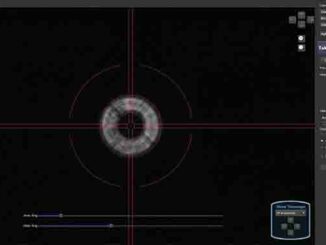
Messier 5 in Serpens Caput is a dynamic and beautiful globular cluster that can easily be spotted through a pair of binoculars and fruitfully observed through even a moderate-sized telescope. Globular clusters are extremely luminous, spherical conglomerations of up to a million stars crammed into a space spanning between just tens to perhaps 200 light years. This makes them among the most densely packed stellar systems in the Universe. Not only are globulars marvellous objects to observe, but they provide much food for thought as you gaze upon their sheer majesty, with the vast majority of them believed to be nearly as old as the Universe itself.
At this time of the year, the prime-time night sky is brimming with some of the best globulars of all, including mighty Messier 13 in Hercules, Messier 3 in Canes Venatici and a whole sackful in nearby Ophiuchus. The good news is that M5 comfortably holds its own with the fierce competition.

How to observe
From pristine dark-sky sites, Messier 5 (NGC 5904, magnitude +5.7) is faintly visible with the naked eye, lying 22 arcminutes north-north-west of the star 5 Serpentis (HIP 74975, magnitude +5.4). Remember to look for M5 in Serpens Caput and not Serpens Cauda; the former lies to the south-west of Hercules, while M5’s environs border Virgo.
As darkness falls on an early June evening, M5 can be seen at an altitude of around 40 degrees high to the south from mid-northern latitudes, soon destined to transit the southern meridian at around 11.50pm BST.
Messier 5 shows up as an unresolved patch of light through 10 <M>x<M> 50 binoculars, but a telescope as modest as 75 or 80mm (~three inches) in aperture has sufficient revolving power to pick out the cluster’s more outlying stars. It can also show that M5 is ever-so slightly elliptical in shape, with its concentrated core offset mainly to the east and slightly to the north. Upgrade to a 150–200mm (six- to eight-inch) telescope for a truly memorable view; on a steady and transparent night, when you can push the magnification, you should be able to see (resolve) individual stars across a roughly 10 arcminute-sized sphere and more or less all the way down to M5’s core.
M5 makes an epic imaging target, especially for long focal length telescopes. Its overall bluish nebulous haze, which expands to between 17 and 23 arcminutes (depending where you look in the literature), is liberally sprinkled with beautifully contrasting golden suns.



